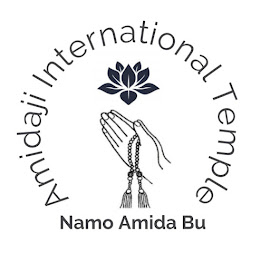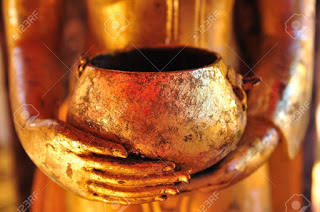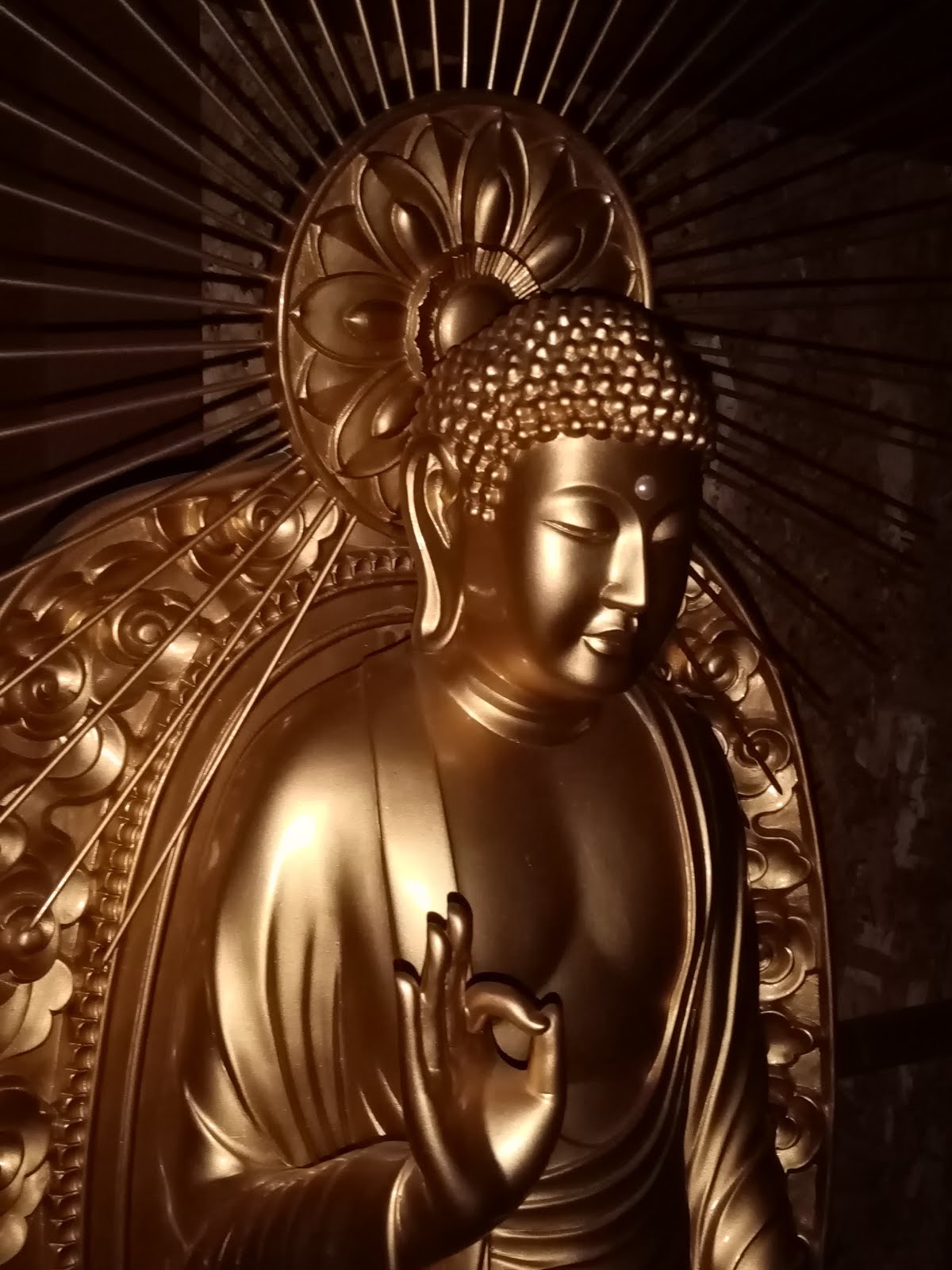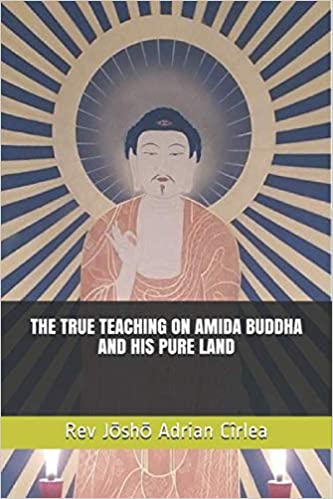“Considerar este mundo fantasma. Como una estrella al amanecer, una
burbuja en un arroyo, Un relámpago en una nube de verano. Una
lámpara parpadeante,
un fantasma, y un sueño”.
Buda Shakyamuni
Pregunta: Si el Dharma del Buda niega la idea de un dios
creador, entonces ¿Cómo se explica la existencia de los diversos mundos y
universos?
En primer lugar, cuando se refiere a mundos y universos,
el Dharma del Buda Los explica como lugares de renacimiento, o reinos
samsáricos. Por lo tanto, son habitados por seres no iluminados en varias
etapas de evolución o involución espiritual. Que yo sepa, la mayoría de los
monoteístas dan el siguiente argumento en apoyo de su creencia en un supremo dios
creador: “si ves una casa en un campo, te preguntas quién la construyó.De la
misma manera, este mundo complejo es la creación de nuestro dios. Todo lo que
existe tiene un creador ”. Esta es la base de su sistema de creencias, pero
para los budistas el asunto se aborda erróneamente. Sí, en efecto, todo tiene
un creador, pero no en la forma en que los monoteístas piensan. Preferiría
decir que cada sueño tiene un creador: el soñador.
¿Y quién es el soñador? Somos nosotros - los seres
no iluminados con nuestro karma individual específico, pero también con el
karma colectivo o las conexiones karmicas que creamos entre nosotros.































